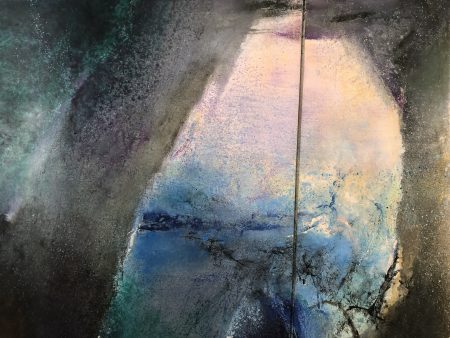Finally the Venice Biennale
Amid the great lethargy that’s descended on the world over the past two years, things have continued to advance, albeit at a slower pace and in a different way, including in art. This year finally sees the opening of the Venice Biennale from 23 April until 29 November, the curation of which will be overseen by an Italian who has long been based in New York, Cecilia Alemani (born in 1977). The organizers of the largest contemporary art show in the world had already invited several women to curate the event, such as Bice Curiger in 2011 and Christine Macel in 2017.
The High Line

This time it’s another European, but one who lives in New York. Cecilia Alemani has made her mark on the recent artistic landscape at New York’s High Line where she is in charge of the artistic choices. She is also married to Maximiliano Gioni who was himself curator of the Venice Biennale in 2013.
The real changes
To sum up, the real changes that can be initially noted for this 2022 edition are:
Zoom
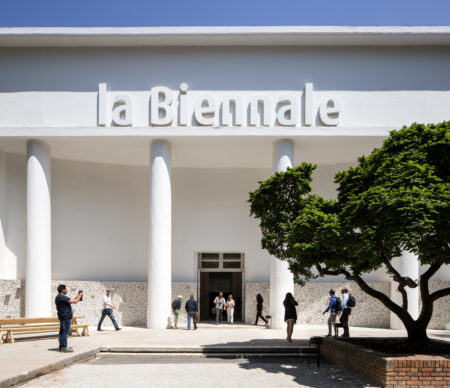
Cecilia Alemani tells us about her vision over Zoom from her New York apartment. Her speech doesn’t display any kind of blunt certainty. But she doesn’t shy away from being incisive, especially on issues relating to women.
The announcement of her being appointed artistic director of the Biennale
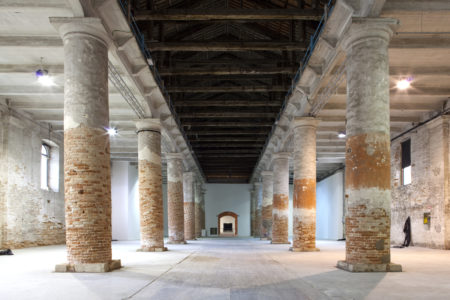
For a few seconds I was in a state of shock. At that moment you realize that it’s the biggest exhibition you will ever do in your life. But you also quickly learn that it comes with huge responsibilities. Since my husband did the Biennale in the past, I know very well what it also means in terms of the amount of work involved. I was appointed in January and the pandemic started a few weeks later. Then the show was postponed. Later we had to start again from scratch.
Objective: the artists
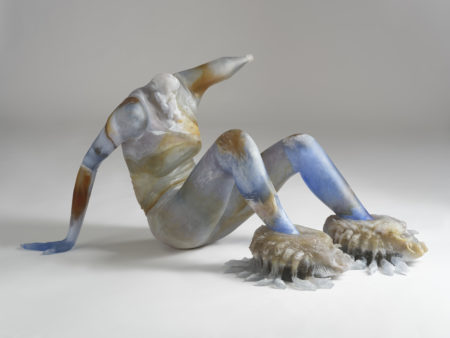
Andra Ursuţa
My primary objective is to allow artists and their work to shine. To give them a platform to express what they want. This is most likely the biggest exhibition they will be taking part in. I want them to have an exceptional experience but I also want them to bring the best work they have ever made. The other objective is to make it an experience that will be appreciated by the public, and not just the public who usually attends art shows. I was trained well for this in my work with the High Line.
Big changes in the art world

Ruth Asawa
The great art machine, composed of the world of exhibitions and the market, ground to a halt in a radical way… For many artists this has had a paralysing effect. This was the case for me too. Suddenly we had much more time to think about what we were all doing in this universe. We opened ourselves up to a deep reflection on the role of art. More mundanely, the scarcity of raw materials such as wood made certain projects more difficult and brought about the resurgence of other more intimate disciplines, such as drawing.
The zeitgeist

Gabriel Chaile
No doubt this Biennale will be remembered as the Covid Biennale even though it doesn’t directly address this. Sometimes I wonder whether visitors would have seen something else if it had taken place three years ago. There’s a shift, it’s clear but it’s relatively subtle.
Artists mostly selected over Zoom
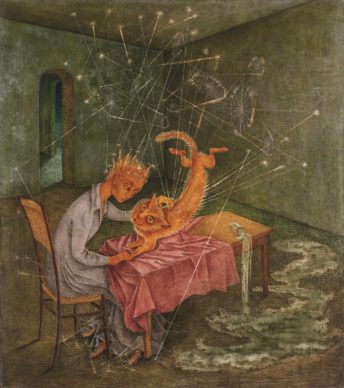
Remedios Varo
I wasn’t able to choose many artworks in person. The positive side of this experience is that I had wonderful conversations with the artists. We talked over Zoom from our apartments. We would never have been that close normally. Clearly you never know. There may be surprises. But I have confidence in the artists, and I want to give them the possibility to experiment.
Cool and fashionable artists
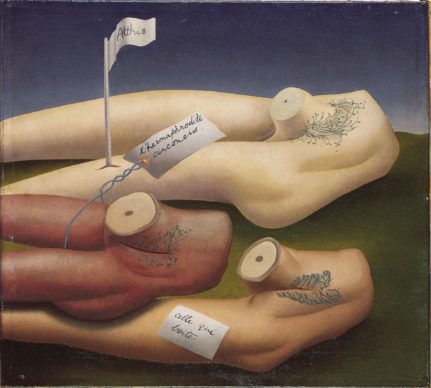
Ithell Colquhoun
This Biennale has two sides that coexist. On the one hand there are these young artists, many of whom have never been displayed before and on the other hand there are historic works arranged in five sections. works arranged in five sections. This aspect is paramount in my way of conceiving this show. I knew from the outset that I didn’t want to just create a snapshot of what’s cool and fashionable right now.
The 1948 Biennale
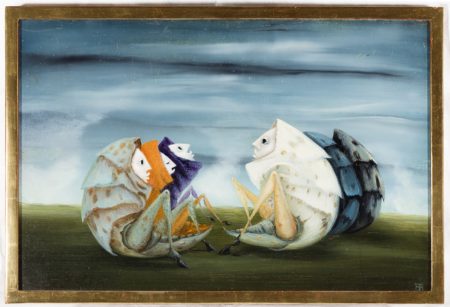
Bridget Tichenor
The time I’ve had at my disposal, which has been more extensive than the curators of other biennales, has allowed me to zoom out, to remove myself and look at what happened in past biennales. The past is a way of reading the present. For example, I often mention the 1948 biennale, which took place after two cancelled editions. It’s seen as the biennale marking a certain renaissance. At the time there were new trends emerging, such as the opening up to American art and the return of certain forms that had been censured during the period of fascism.
The trend for women artists
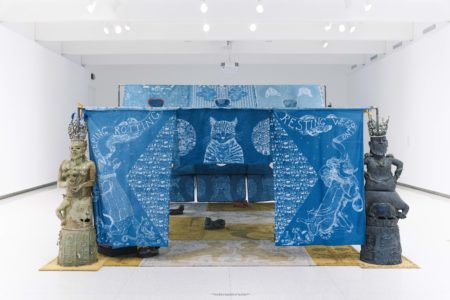
Candice Lin
I’ve never thought women were a trend. I often joke without naming any names: 15 years ago or even less, when women represented less than 10% of the artists exhibited at the Biennale, nobody would have dared say it was a biennale for men. Why would there be a problem when there are lots of women and few men?
Man is no longer at the centre of the universe
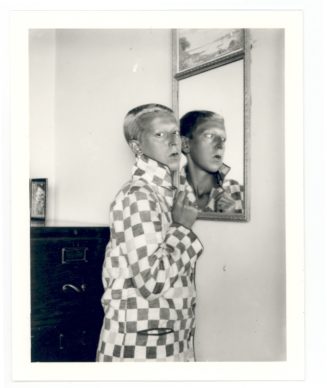
Claude Cahun
Choosing a majority of female artists is a statement because we want it to be one. For 125 years it was a show for men. It would be good for visitors looking at the exhibition without interrogating the gender, for example. In a nutshell one of the central ideas of the exhibition is that we have passed the stage at which man is at the centre of the universe in order to allow space for different types of people. That may be women, hybrid beings etc… That’s why the show features a majority of women. If I only took 20 out of 100 women that wouldn’t reflect the famous snapshot of the current situation in the world as we understand it.
Science fiction and surrealism
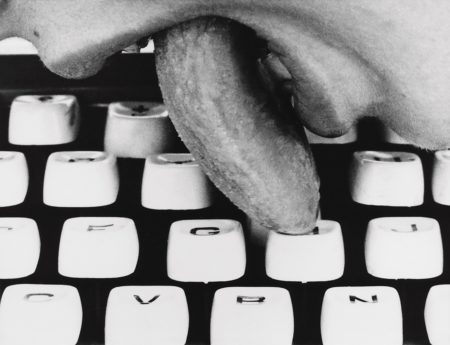
Lenora de Barros
Over the past ten years numerous exhibitions have addressed surrealism. The pandemic has given us the opportunity to look inward. There is a serendipitous convergence.
Some artists from the biennale:
Leonora Carrington (1927-2011)

The title of the Biennale, “The Milk of Dreams”, is inspired by a children’s book written by her. She is a very important artist due to the universe she describes in her paintings, and in her writings. She is capable of creating in different mediums, which is extremely rare.
Leonor Fini (1908-1978)

Leonor Fini
What I like in her paintings and drawings is her irony about gender stereotypes. She doesn’t hesitate to put this relationship between men and women right in front of you. I’ve always liked her personality. She seems very authentic. In the exhibition you will see her paintings, her book illustrations, but also masks and clothing which speak to her changes of personality.
Belkis Ayon (1967-1999)

Belkys Ayon
She is a Cuban artist who has an important place in my show at the entrance of the Arsenale. She works with what are known as collographs, which resemble prints but which are made using a particular technique. She draws on ancient myths, particularly from West Africa, which she reinvents through a contemporary lens.
Delcy Morelos (born in 1967)
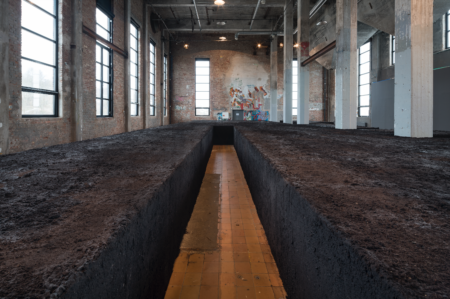
Delcy Morelos
This Colombian artist is also prominently placed in the Arsenale. The best way of describing her work is a giant room filled with earth. You can move through the space. You then realize that it’s composed of tobacco leaves, hearts of coconut palms… It’s sensual and it speaks of the earth while also having a minimal appearance.
Kapwani Kiwanga (née en 1978)
She is also very important in my show. She comes from Canada but has lived in Paris for a long time. She has adopted a minimal language driven by social awareness. For the biennale she has conceived an installation as a continuation of what she created at the Kunsthaus in Munich. Giant pieces of fabric divide up the space, which is also filled with sculptures with sand at their base collected during the fracking process. A perfect example of a multi-layered artwork.

Cecilia Vicuña
Support independent news on art.
Your contribution : Make a monthly commitment to support JB Reports or a one off contribution as and when you feel like it. Choose the option that suits you best.
Need to cancel a recurring donation? Please go here.
The donation is considered to be a subscription for a fee set by the donor and for a duration also set by the donor.




